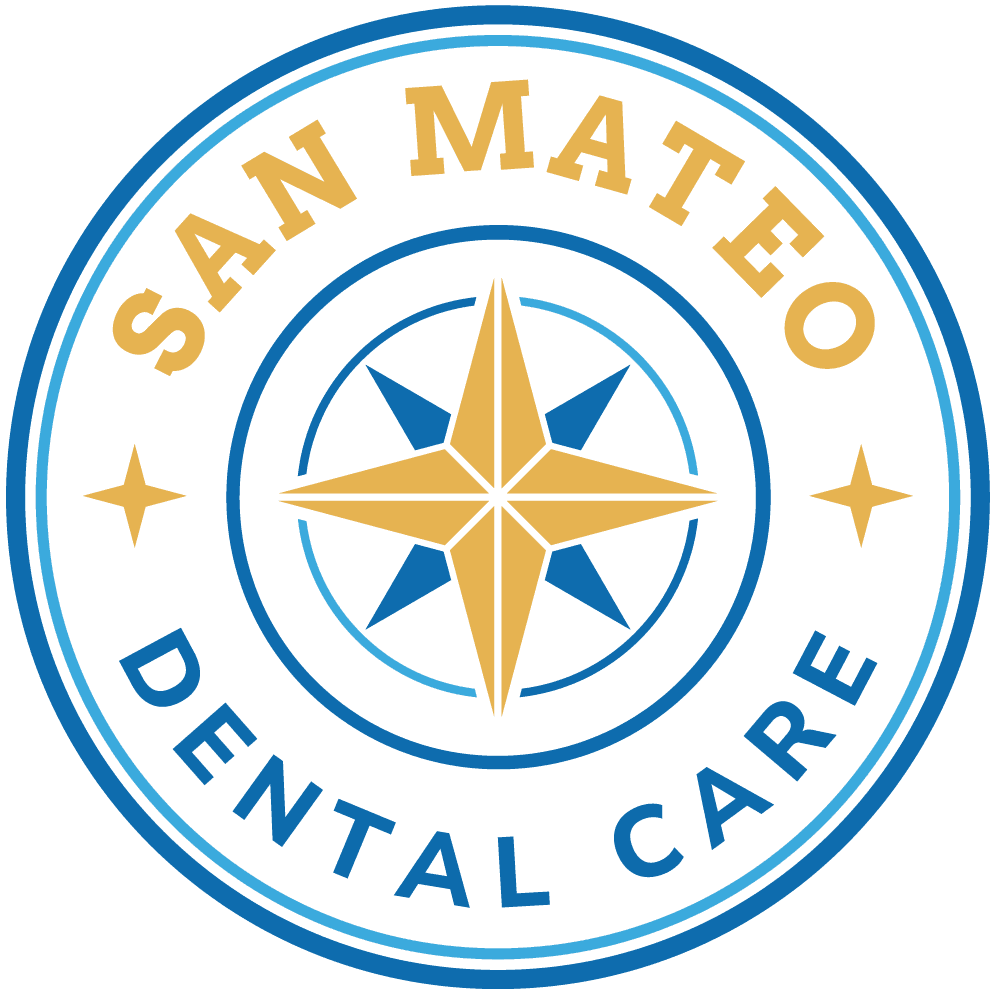Modern orthodontic treatment offers transformative solutions for achieving a properly aligned smile and improved oral health. At San Mateo Dental Care, we provide comprehensive orthodontic services, including traditional braces and Invisalign clear aligners, tailored to meet your unique needs. Our experienced team understands that each smile is different, which is why we offer personalized treatment plans designed to give you the confident smile you deserve.
Orthodontics & Braces
Understanding Orthodontics & Braces
Orthodontic treatment involves carefully repositioning teeth to correct misalignment, spacing issues, and bite problems. Whether through traditional braces or clear aligners, the process works by applying consistent, gentle pressure to gradually move teeth into their optimal positions. This systematic approach not only enhances the appearance of your smile but also improves your oral function, making it easier to clean your teeth and maintain good oral health.

Benefits of Orthodontics & Braces
Enhanced Dental Function and Comfort
Properly aligned teeth work together more efficiently, reducing strain on your jaw muscles and joints. When your bite is correctly aligned, you’ll experience improved chewing ability and reduced risk of tooth wear from improper contact between upper and lower teeth. This alignment can also help prevent chronic jaw pain and headaches that often result from misaligned teeth.
Better dental function means you can enjoy your favorite foods without discomfort or difficulty. The even distribution of bite forces across all your teeth helps prevent excessive wear on specific teeth, ensuring long-term dental health. Many patients report significant improvements in their ability to speak clearly and comfortably after orthodontic treatment.
Long-Term Oral Health Protection
Straight teeth are easier to clean and maintain, significantly reducing your risk of developing cavities and gum disease. When teeth are properly aligned, there are fewer hard-to-reach spaces where bacteria can accumulate. This improved access for cleaning helps prevent plaque buildup and reduces the likelihood of developing periodontal problems.
Regular brushing and flossing become more effective when teeth are properly spaced and aligned. The reduced risk of trapped food particles and bacterial growth means better breath and healthier gums. Additionally, proper alignment helps prevent uneven wear on teeth, reducing the need for future dental work and maintaining the strength of your natural teeth.
Increased Self-Confidence
A beautifully aligned smile can dramatically boost your self-esteem and social confidence. Whether you’re meeting new people, speaking in professional settings, or simply enjoying time with friends and family, knowing your smile looks its best can make a significant difference in how you present yourself to the world.
The psychological benefits of orthodontic treatment extend beyond mere aesthetics. Many patients report feeling more comfortable in social situations and more willing to smile in photographs. This increased confidence often leads to improved personal and professional relationships, as people tend to perceive individuals with aligned smiles as more approachable and successful.
Customized Treatment Options
Modern orthodontic solutions offer flexibility to suit your lifestyle and preferences. From traditional braces to Invisalign clear aligners, you have choices that align with your comfort level and aesthetic preferences. Each option can be tailored to address your specific dental concerns while accommodating your daily routines.
The availability of different treatment methods means you can choose the approach that best fits your needs. Some patients prefer the reliability of traditional braces, while others opt for the discretion of clear aligners. Your treatment plan can be adjusted throughout the process to ensure optimal results while maintaining your comfort and convenience.
Prevention of Future Dental Issues
Addressing orthodontic concerns early helps prevent more serious dental problems from developing later in life. Proper alignment reduces the risk of premature tooth wear, jaw joint problems, and uneven pressure distribution that can lead to cracked or damaged teeth. Early intervention can also prevent the need for more extensive dental work in the future.
Investing in orthodontic treatment now can save you time, money, and potential discomfort down the road. By correcting alignment issues, you’re protecting your teeth from excessive wear and reducing the likelihood of needing complex dental procedures later. This preventive approach to dental care helps maintain your oral health throughout your lifetime.
Our Orthodontics & Braces Process
- Initial Consultation
- Customized Treatment Plan
- Implementation of Treatment
- Aftercare & Maintenance Tips
- Follow-Up
Initial Consultation
Your orthodontic treatment begins with a thorough evaluation of your teeth, jaw alignment, and overall oral health. We use advanced imaging technology to create detailed images of your mouth and jaw structure, allowing us to identify specific areas that need attention. During this visit, we’ll discuss your goals, concerns, and treatment preferences while answering any questions you might have about the process.
Customized Treatment Plan
Based on your consultation and diagnostic records, we develop a personalized treatment strategy that addresses your specific orthodontic needs. This comprehensive plan outlines the recommended treatment approach, whether traditional braces or Invisalign, along with estimated treatment duration and expected outcomes. We ensure you understand all aspects of your treatment plan before proceeding.
Implementation of Treatment
Whether you choose traditional braces or Invisalign aligners, we begin your treatment with careful attention to detail and comfort. For traditional braces, we precisely place brackets and wires, while Invisalign patients receive their first set of custom-made aligners. We provide thorough instructions on care and maintenance, ensuring you feel confident about managing your orthodontic appliances.
Aftercare & Maintenance Tips
Regular check-ups allow us to monitor your progress and make any necessary adjustments to your treatment. We teach you proper cleaning techniques specific to your orthodontic appliance and provide tools to maintain optimal oral hygiene. Following our maintenance guidelines helps ensure your treatment progresses smoothly and effectively.
Follow-Up
After completing your active orthodontic treatment, we create a retention plan to maintain your new smile. This typically involves wearing retainers as prescribed to prevent teeth from shifting back to their original positions. We schedule periodic check-ups to monitor your retention and ensure your results remain stable.
Why Choose Us for Orthodontics & Braces
Dr. Taw and Dr. Tran have extensive experience in providing comprehensive orthodontic care, including both traditional braces and Invisalign treatment. Their commitment to continuing education ensures they stay current with the latest advances in orthodontic techniques and technology. By offering multiple treatment options under one roof, we provide convenient, consistent care throughout your orthodontic treatment.
Our practice combines advanced technology with personalized attention to deliver exceptional results. We understand that choosing orthodontic treatment is a significant decision, and we’re dedicated to making your experience as comfortable and rewarding as possible. Our team takes pride in creating beautiful, healthy smiles that last a lifetime.

Transform Your Smile Today
Ready to achieve the straight, beautiful smile you’ve always wanted? Dr. Taw and Dr. Tran are here to guide you through your orthodontic treatment with expertise and care. Your new smile is waiting, and we’re excited to help you achieve it. Visit us at 135 N San Mateo Dr, San Mateo, CA 94401, call 650-344-7500, or connect with us on Instagram and Facebook to learn more about our orthodontic treatment options.
Frequently Asked Questions
What is orthodontics?
Orthodontics is a specialized branch of dentistry focused on diagnosing, preventing, and treating dental and facial irregularities, particularly misaligned teeth and jaws. This field encompasses various treatment methods, including traditional braces, clear aligners, and retainers designed to move teeth into optimal positions. Modern orthodontic care combines scientific principles with advanced technology to create personalized treatment plans that improve your smile’s function and aesthetics.
When were orthodontic braces invented?
The concept of straightening teeth dates back to ancient civilizations, but Pierre Fauchard developed modern orthodontic braces in the early 18th century, often called the “Father of Modern Dentistry.” The first modern braces, using a flat strip of metal connected to teeth by wire, were introduced in 1819 by Christophe-François Delabarre. The technology has evolved significantly since then, with major advances in materials, techniques, and comfort occurring throughout the 20th century and continuing today.
What are spacers in orthodontics?
Spacers, also known as separators, are small rubber rings placed between specific teeth to create small gaps before orthodontic treatment begins. These temporary devices make room for orthodontic bands that anchor braces or other appliances to your back teeth. Spacers typically stay in place for several days to a week, gradually creating the necessary space for proper band placement.
What are orthodontic braces made of?
Modern orthodontic braces consist of several components, including brackets made from surgical-grade stainless steel, ceramic, or composite materials. The archwires that connect the brackets are typically made from specialized alloys that provide consistent, gentle pressure to move teeth effectively. Additional components may include elastic bands, hooks, and tubes, all designed to work together to achieve precise tooth movement.
Is Invisalign considered orthodontics?
Invisalign is indeed a form of orthodontic treatment that uses clear, removable aligners instead of traditional brackets and wires. This system follows the same principles of orthodontics by applying controlled forces to move teeth into proper alignment. The treatment requires the same level of orthodontic expertise in planning and monitoring, and it can address many of the same alignment issues as traditional braces, though some complex cases may still require conventional orthodontic approaches.


